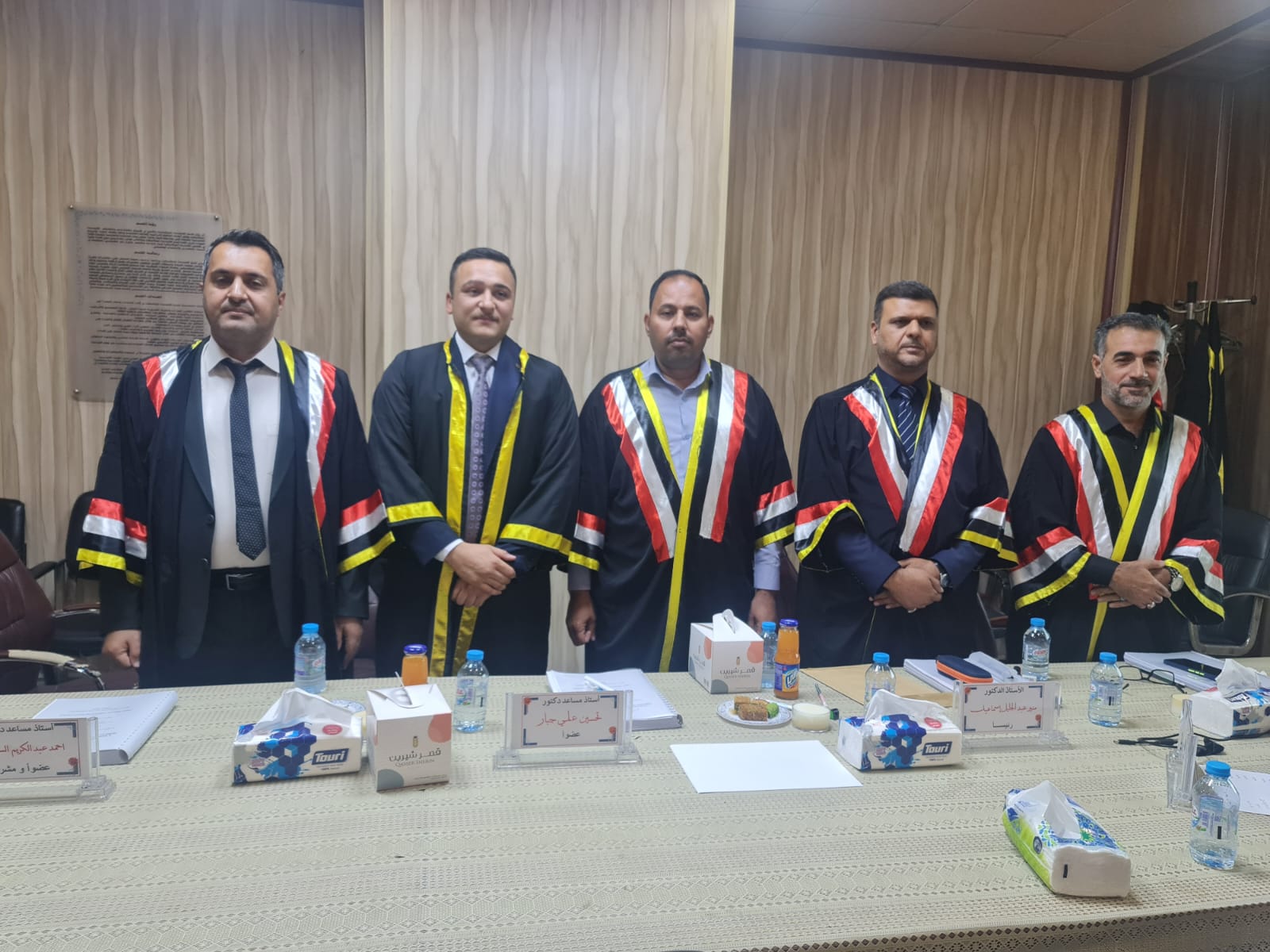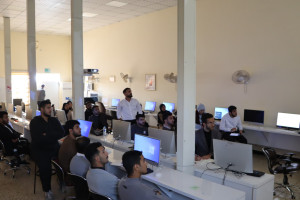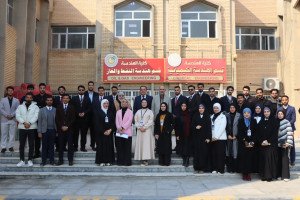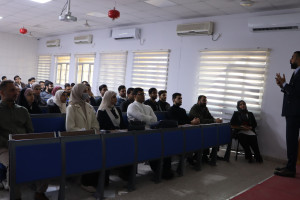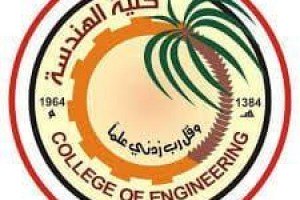The master's thesis of the student Omar Ghassan Abdul Karim from the College of Engineering, University of Basra, Department of Mechanical Engineering, entitled Numerical Study of the Performance of Vertical Axis Wind Turbine 2D- and 3D simulation, was discussed and included Although vertical axis wind turbines (VAWTs) have demonstrated their efficacy in harnessing wind energy in urban settings, there remain numerous unresolved inquiries regarding VAWT aerodynamics and performance, specifically pertaining to design and optimal methodologies.
Examine the design elements that have a significant impact on the aerodynamic performance of vertical wind turbines. This is the main goal of this thesis, which seeks to study these qualities. These parameters include the blade's form, solidity, pitching axis location (x/c), chord length (c), number of blades (N), turbine diameter (d), and aspect ratio. In addition, the number of sub-turbines (parts) and disks at the ends of the blades, as well as the twisting of the blades along the axis of rotation, are investigated.
The results of numerical analysis demonstrate a blade thickness of 10 to 12%, maximum camber ratioof 0 to 22% that located at 24 to 23% of the blade chord yield a comparatively high coefficient of poweras well as to adequate optimal blade rotation to airspeed ratio (TSR), broader operational area and high band efficiency. The helical turbine demonstrates better power stability with a little compromise in its value. This also has been noted with increasing the sub-turbines (turbine parts). Adding disks at the ends of the turbine blades has led to a good improvement in the power coefficients. Most of the above parameters have been examined at different wind speed and the outcome indicate that the turbine efficiency is improved with increasing the speed. The useful range of speed ratio at which the turbine produce useful power is highly affected by these parameters.
The outcome of this study can give better understanding how the studied geometrical parameters can influence the aerodynamic performance. The study was conducted regardless the inertia of the turbine, therefor it can be considered in the future work using real cases tested under real environment or in a wind tunnel.
